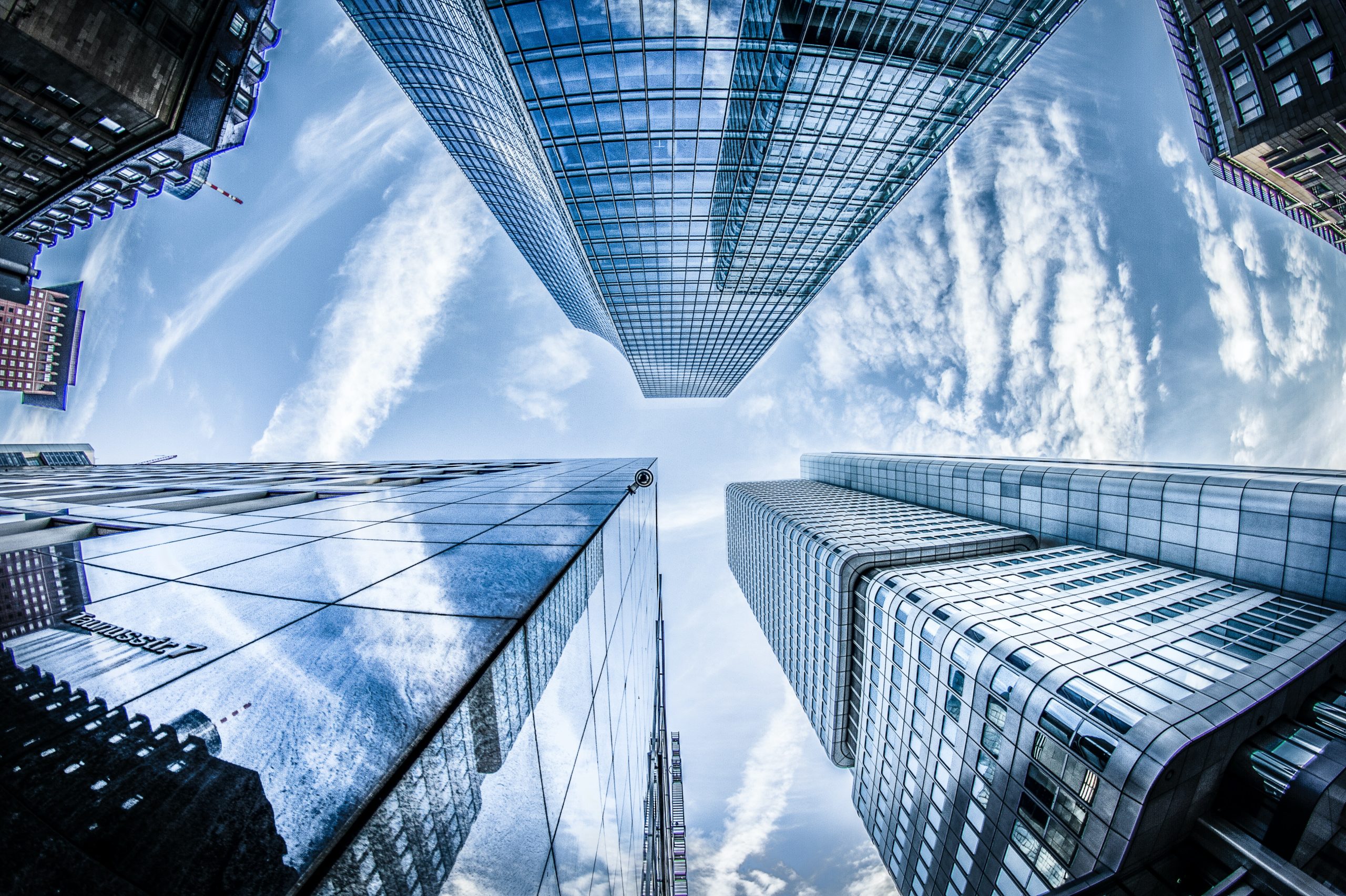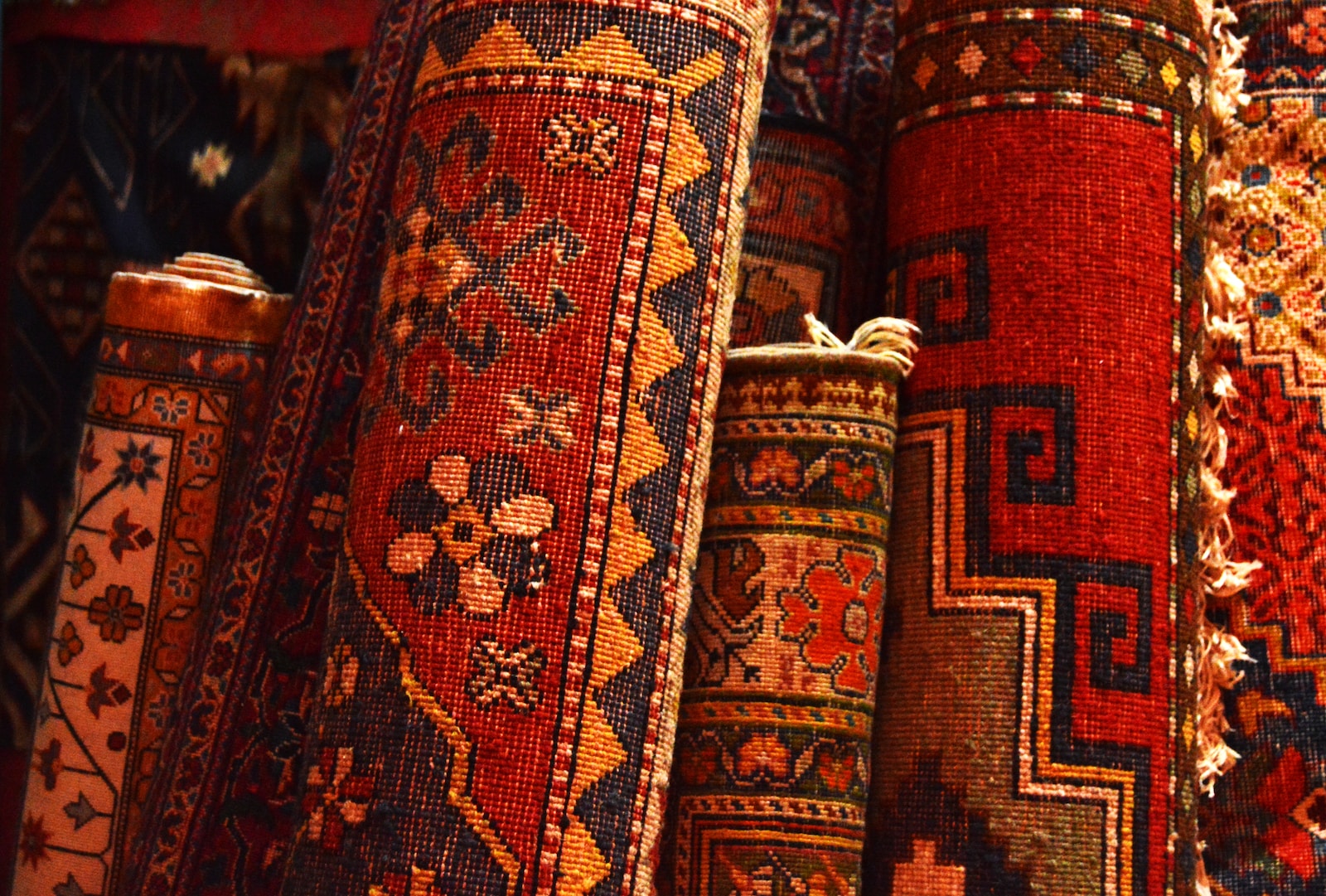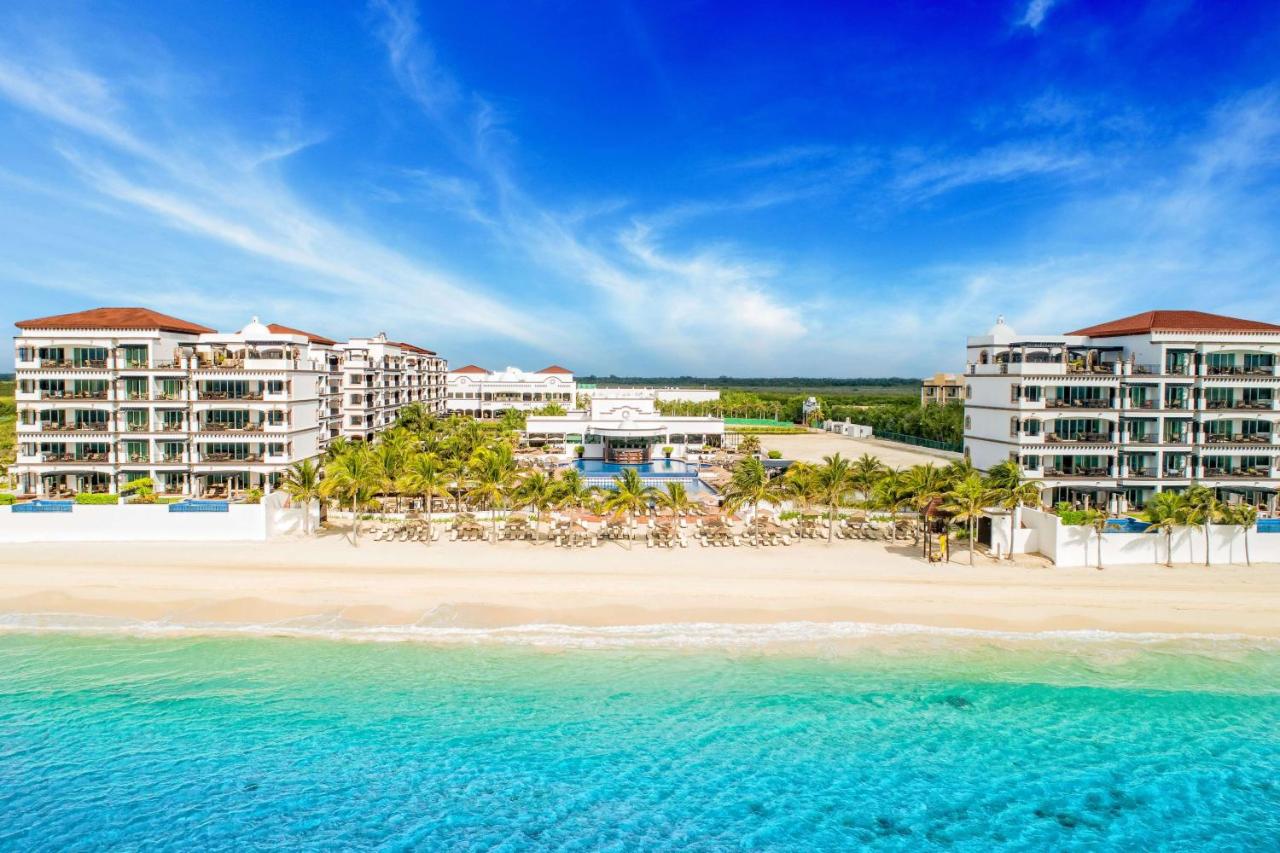The future of architecture according to Priscila Feuers
Do you know that feeling that, when we finally understand a situation, it soon develops and we go back to square one? The globalization and exchange of information in an accelerated way makes us always feel in search of something different, something new. With the future of architecture, it couldn’t be different. As much as it follows the client’s personal tastes, it is always looking for new solutions and references to make the spaces much more than visually pleasing, but extremely functional and that have a positive impact on society.
To seek to understand a little more about what the future holds when it comes to architecture, the architect and Decor Influencer Priscila Feuers gathered five points that she believes represent well how architecture will behave in the coming years. “The architecture of the future will be more contributory to the survival of cities and people,” says Priscila.
Understand the future of architecture:
Social Solutions

According to the architect, the future of architecture must bring solutions to different social problems. “The architecture of the future will bring solutions to poverty, overpopulation, and depletion of the land. It will be even more essential for cities. Through lower-cost solutions, it will make it possible to build less investment with solutions that add more quality of life in small spaces ”, she explains.
Care for the environment

Several sectors have long expressed great environmental concern. The need to think about the impacts caused to the environment has become an issue that directly influences different markets, including architectures’. The issue, in fact, should gain even more strength in the coming years. “The architecture of the future will have to be innovative in the materials used and in the future construction structures. It will bring self-sufficient constructions, which contribute to the environment, be it in reuse materials for buildings, low-cost solutions, in the capture and cleaning of water for reuse, in the generation of energy, in spaces destined for planting gardens and smaller spaces. housing ”, points out Priscila, who still believes that, in addition to the concern at the time of developing new projects, care for the environment must be present in solutions that seek well-being, whether with greater contact with nature or in shared social spaces.
A look at mobility

Looking at mobility has been a topic discussed for a while, but it has not yet gained the deserved importance. For Priscila, the theme will gain greater visibility in the coming years. “The architecture of the future will contribute to the mobility of cities through the construction of buildings such as micro-cities, which aim to absorb mobility with multipurpose spaces”, she comments. Among the examples given by the architect, there are residential and commercial condominiums that have different services offered to residents, such as shops, pharmacies, coworkings, sports courts, swimming pools, and gyms. “This own infrastructure allows for a better quality of life for residents, in addition to directly interfering in the social well-being of the population living in this space. On the other hand, cities also benefit from these large condominiums for contributing to urban mobility. With their help, the urban population moves less through urban spaces, generating less traffic, less pollution, and more safety ”, analyzes Priscila.
Connection with nature

Much is said about biophilia and the impact it has on the well-being of those who frequent the spaces that follow the concept. For the architect, those who still do not have this characteristic as a basic premise, need to try to understand the topic. After all, an architecture aligned with nature will mark the future of the sector, be it in the constructive impact or in the sensation caused by the biophilia in the residents.
Technical details

According to Priscila, the future not only of architecture but also of product design, lies in the most organic, sensitive, and comfortable lines, always seeking to bring the feeling of well-being. This concept, known as organic architecture, emerged in the 1930s and is once again gaining momentum as a way of uniting the environment and technology. The combination took place through harmonious and ecologically sustainable construction techniques. “The main objective of organic design is to use nature as a source for creating more natural spaces, which is its greatest inspiration. Today, the curves are much more accentuated, whether in interior projects, product design, or architecture. In the future, the organic shape will be even more accentuated and present, as well as more colorful giving a more futuristic look. We see this movement very strong with the famous and world-famous designer, Karim Rashid ”, concludes Priscila.





